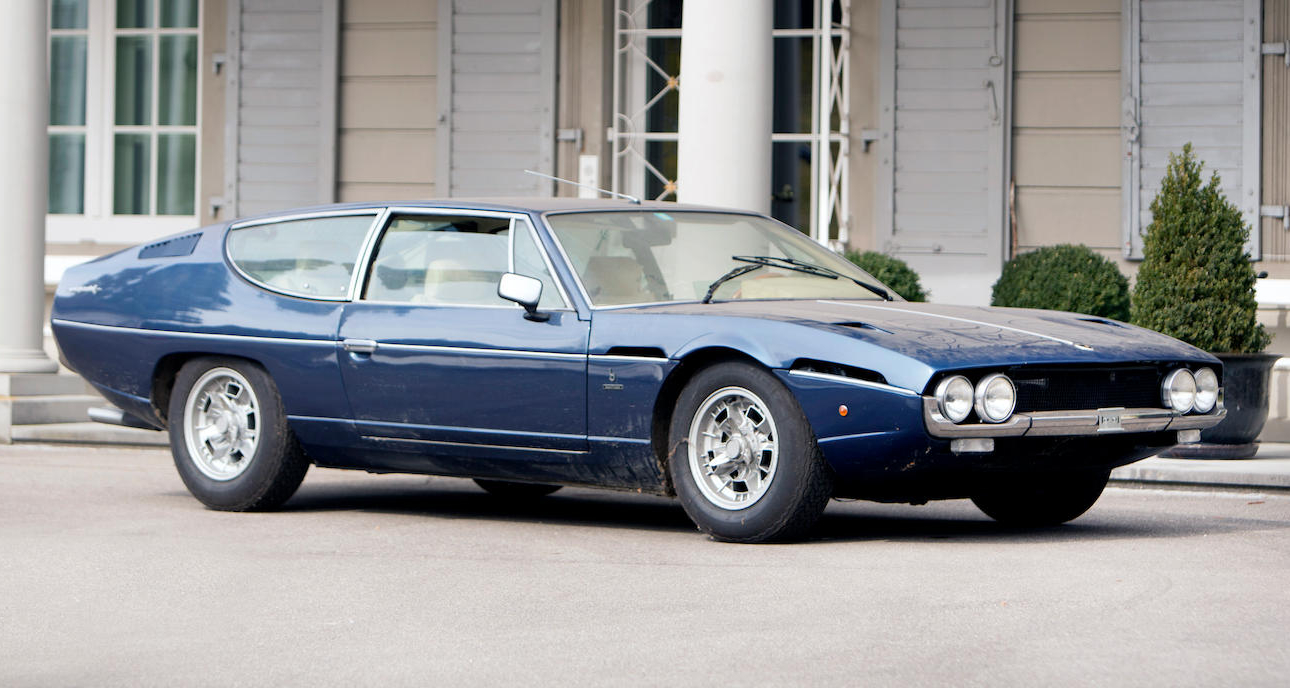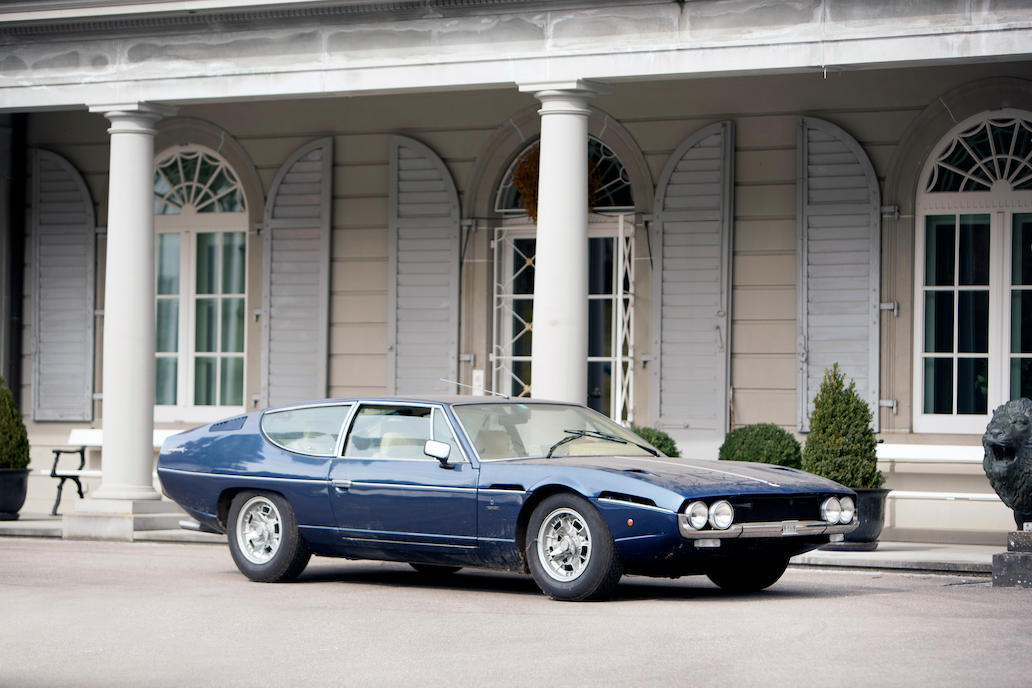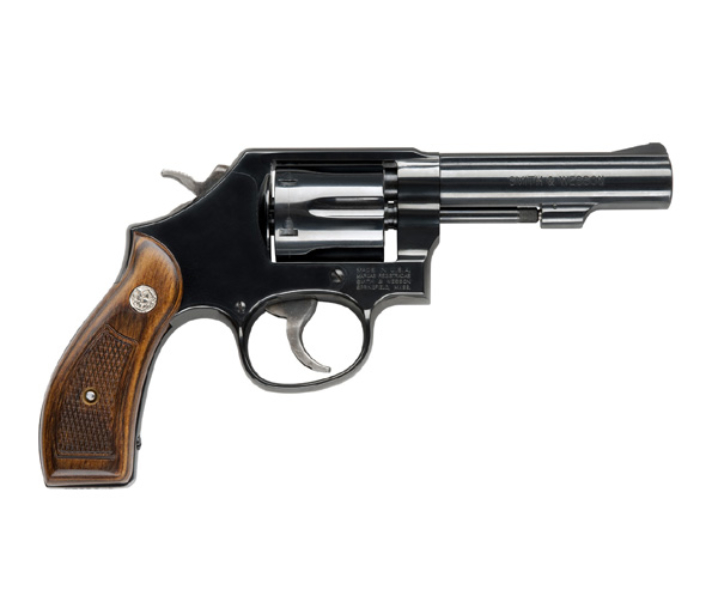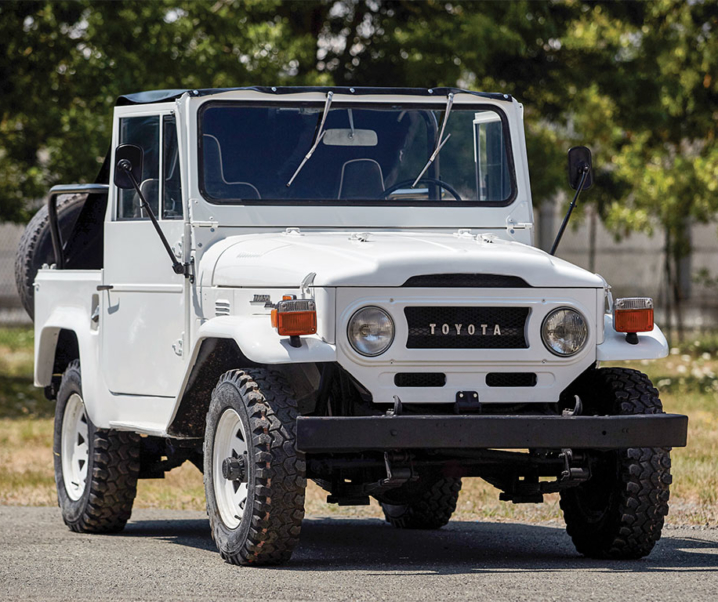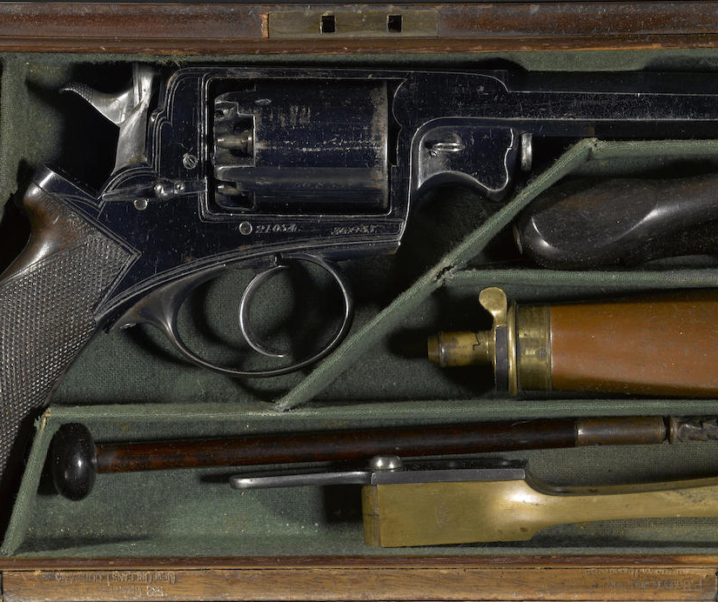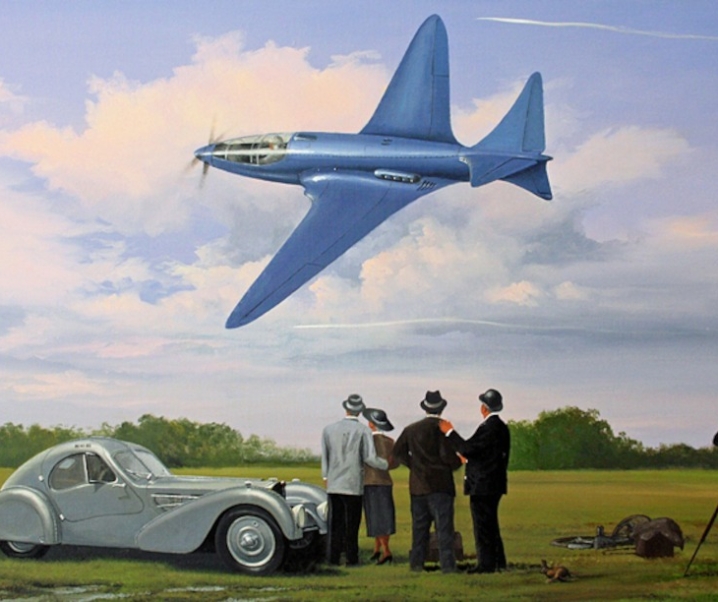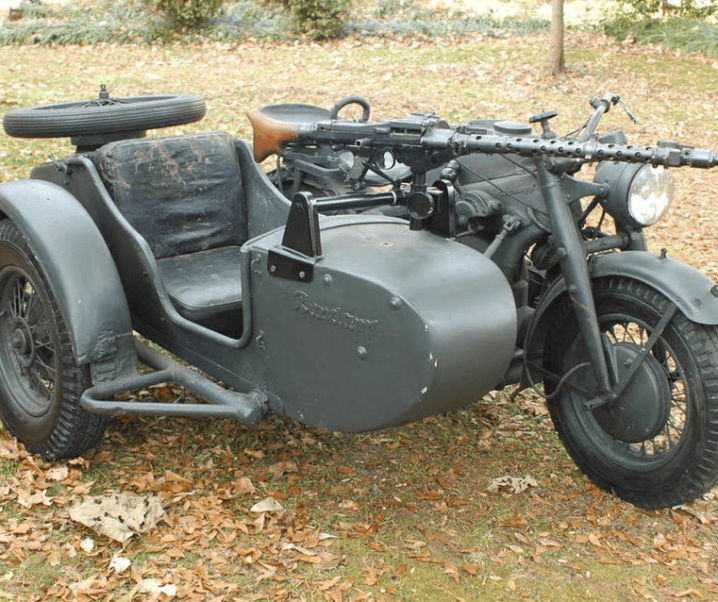The Lamborghini Espada was created in the early days of Lamborghini’s creation of exotic sports cars with production beginning in 1968. The car was made to look clean with a touch of aircraft style with the triangular NACA ducts on the hood. The original design of the Espada was foreshadowed in two show cars; the Lamborghini Marzal show car which appeared at the 1967 Geneva Motor Salon and the Bertone Pirana which was based on a Jaguar E Type and shown at the London Earls Court Motor Show that same year. Both show cars were designed by Marcello Gandini of Italian design house Bertone and he would go on to create the Espada for its public debut in 1968.
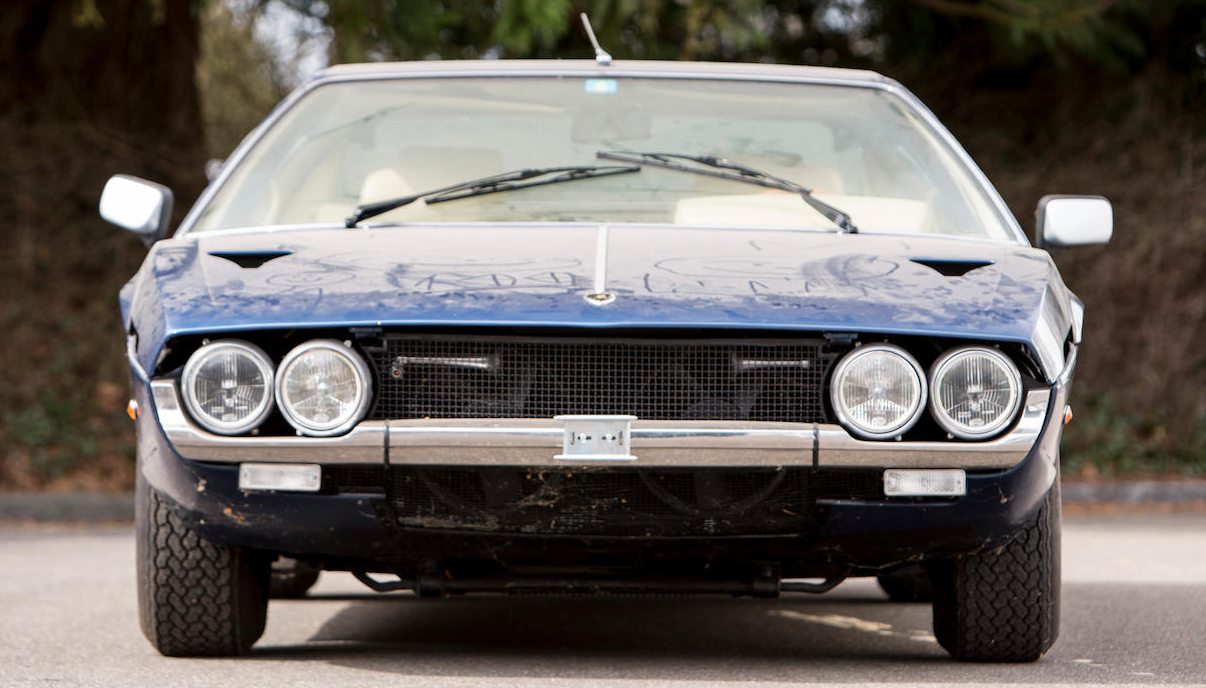
The Lamborghini Espada was introduced two years after Lamborghini’s 250 2+2 and the groundbreaking Muira which was the car that firmly placed Lamborghini in the public eye. Each car is totally different in style but the Espada was intended to provide a well thought out and beautifully Italian designed four seater sports car that would be a stylish car, but also a practical one for travel using Europe’s autostrada and autobahns to their full advantage. The car was fitted with two 25 US gallon/95 liter fuel tanks to ensure it had a good range between fuel stops.
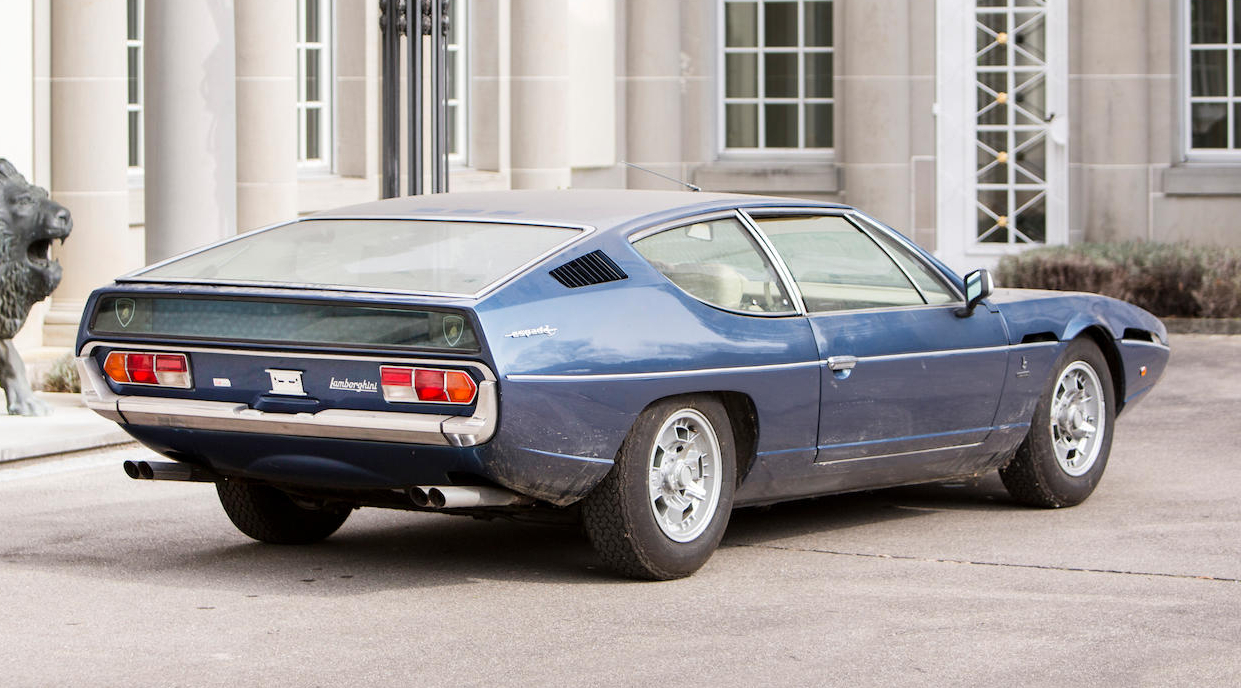
The Espada’s 3.9 liter V12 engine was mounted in the front driving the rear wheels via a manual five speed gearbox. This conventional layout provided a decent amount of luggage capacity in the rear making this one of the most practical exotic sports cars available at the time. It was later decided to create a four door prototype to extend the practicality even more and the resulting four door car was called the Faena and it was 7.1″/18cm longer. Only one was made in 1978 and today it resides in the hands of a collector in Switzerland.
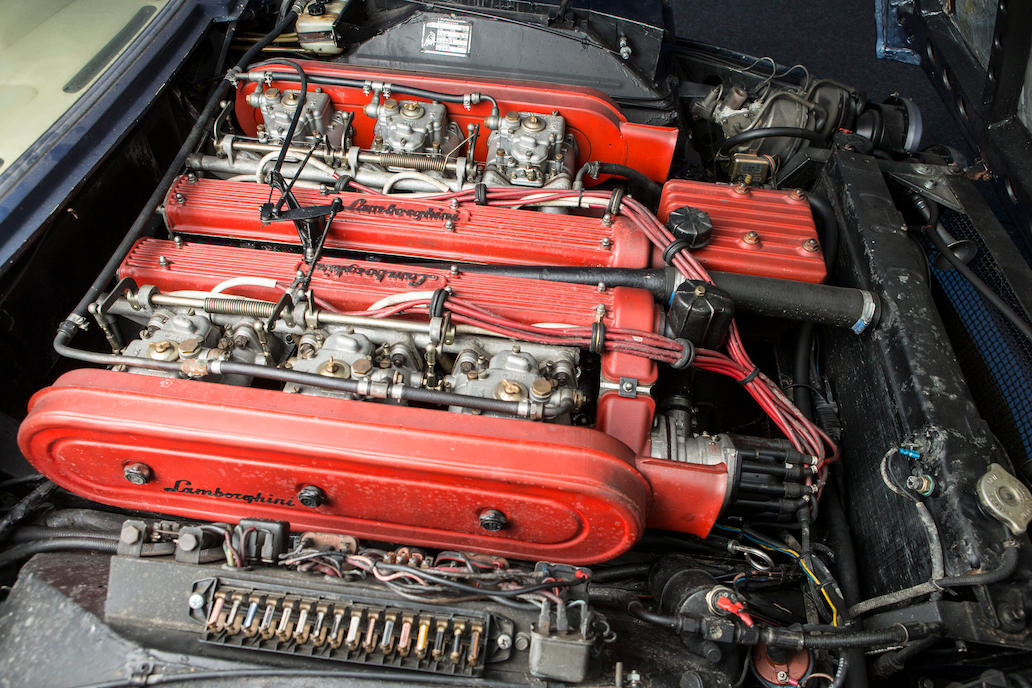
The Lamborghini 3.9 liter V12 breathing through six Weber carburettors pushed out a respectable 325bhp which was enough to propel it up beyond 150mph on the open autobahn. This power was to increase two years later when Lamborghini revised the design and specifications of the Espada when they released their Espada Series II in 1970.
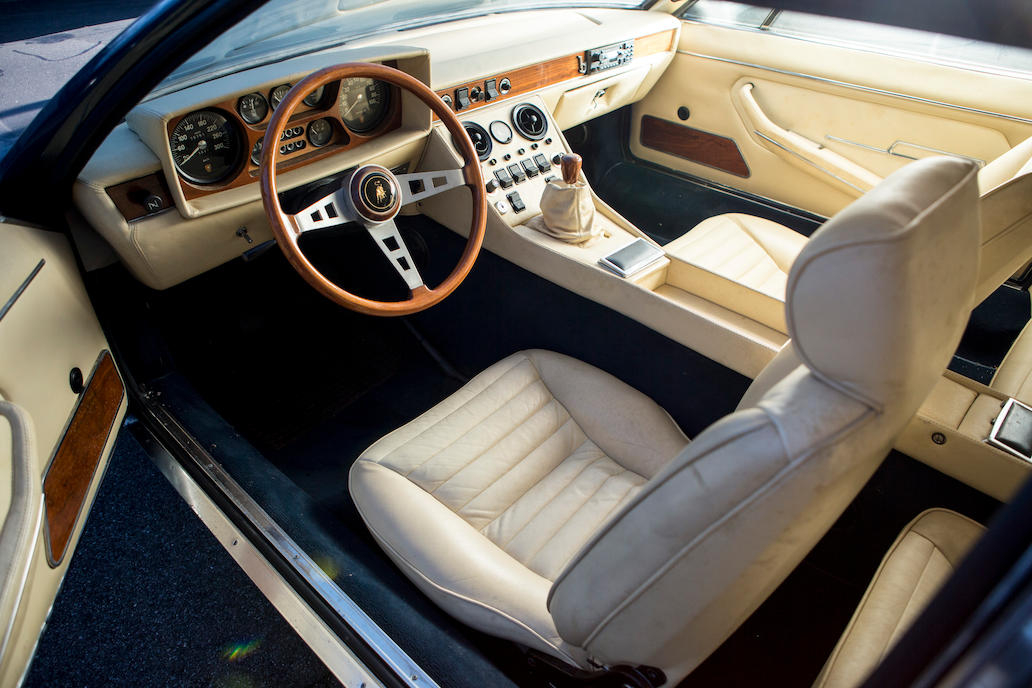
The Lamborghini Espada Series II made its debut at the Brussels Motor Show of 1970 and the improvements upgraded the car significantly. Engine power was now 345bhp, in part due to a rise in compression ratio to 10.7:1, but perhaps the most noticeable change was the complete re-design of the car’s interior. The new interior style placed the instrumentation directly in front of the driver with all controls in easy reach. The increased engine power ensured that the Espada could now make 155mph.
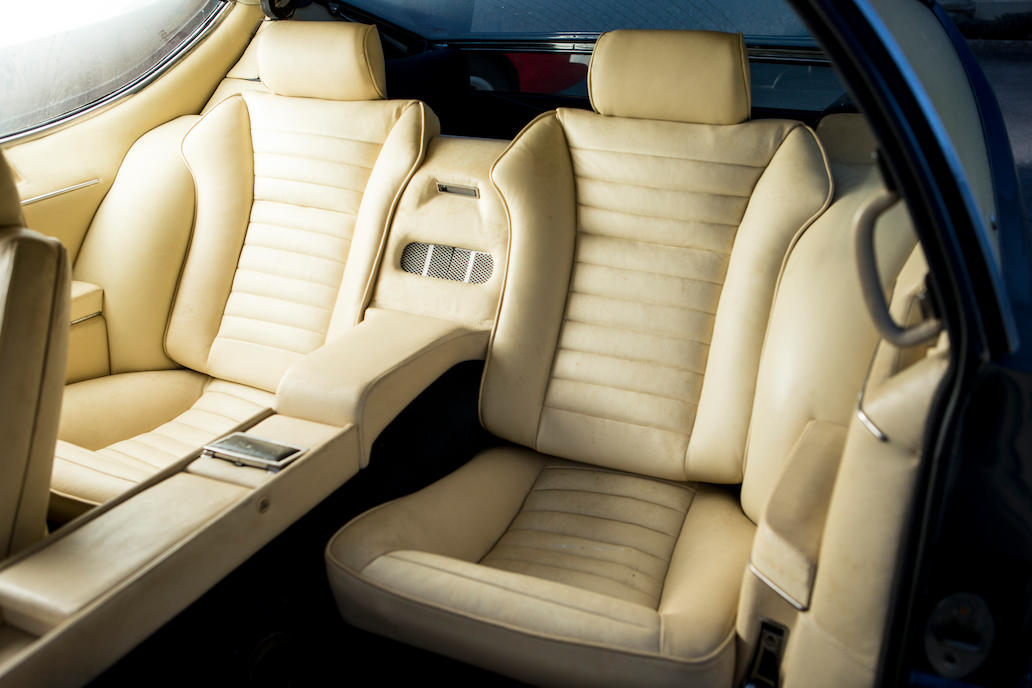
Suspension of the Espada was independent front and rear by wishbones and coil springs with anti-roll bars. Brakes were discs all around and one of the upgrades for the Series II was the fitting of ventilated Girling discs. The Espada Series II was made until it was replaced in 1972 by the Series III which was also re-designed but for which emissions controls reduced the engine power, and some US export models finished up having to be fitted with large rubber bumpers which did absolutely nothing to improve the car. So the Series II cars are generally regarded as being the cream of the crop.
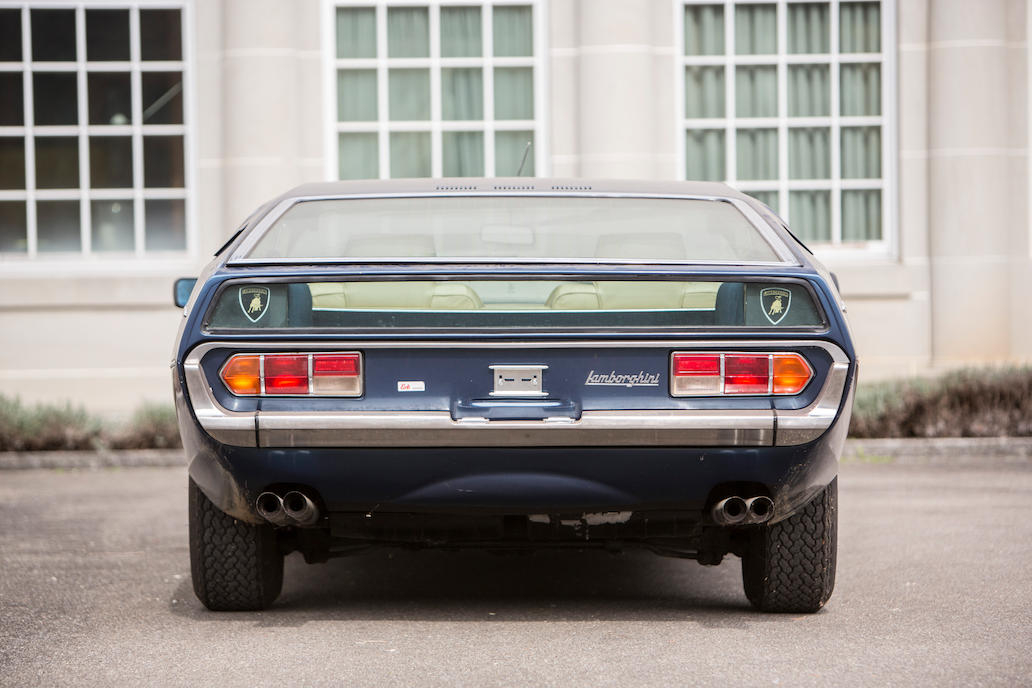
The grubby blue 1971 Lamborghini Espada Series II in our photos is a car that was originally delivered new to the Lamborghini dealer, Sartippour in Teheran, Iran, back in the days when the country was ruled by the Shah. The car was given to the current owner twenty six years ago and was restored a few years ago at which time it was re-painted from its original Lamborghini “Verde Pallido” to its current Mercedes blue metallic. This car is coming up for auction by Bonhams at their Spa Classic Sale which will be held on May 21st, 2017 at Spa Francorchamps racing circuit in Belgium.
You will find the sale page for this car if you click here.
The car has a bit of a barn find look and could do with a good clean up, but we are sure the new owner will gain a lot of enjoyment bringing her up to pristine condition.
(All pictures courtesy Bonhams).

Jon Branch is the founder and senior editor of Revivaler and has written a significant number of articles for various publications including official Buying Guides for eBay, classic car articles for Hagerty, magazine articles for both the Australian Shooters Journal and the Australian Shooter, and he’s a long time contributor to Silodrome.
Jon has done radio, television, magazine and newspaper interviews on various issues, and has traveled extensively, having lived in Britain, Australia, China and Hong Kong. His travels have taken him to Indonesia, Israel, Italy, Japan and a number of other countries. He has studied the Japanese sword arts and has a long history of involvement in the shooting sports, which has included authoring submissions to government on various firearms related issues and assisting in the design and establishment of shooting ranges.

